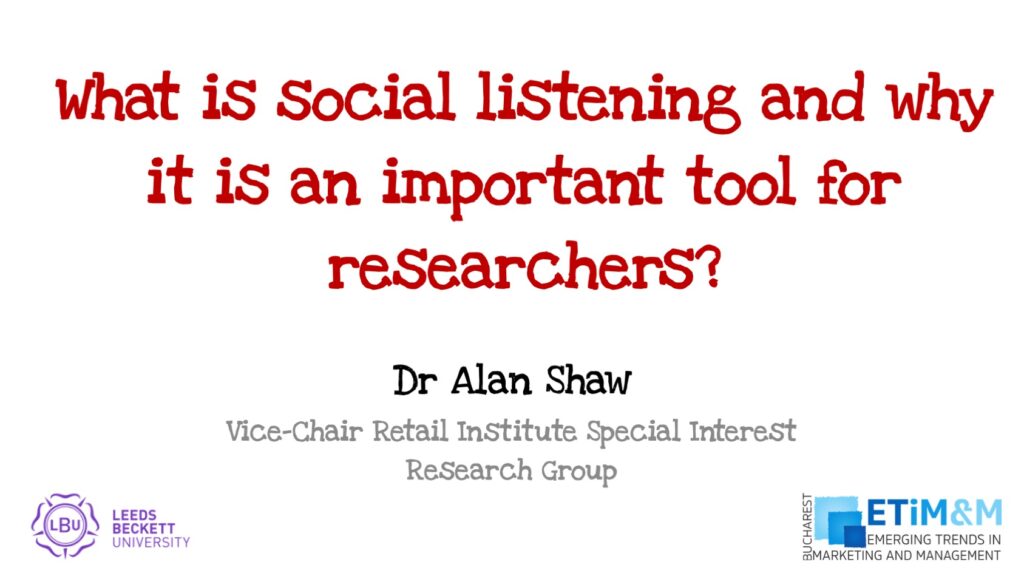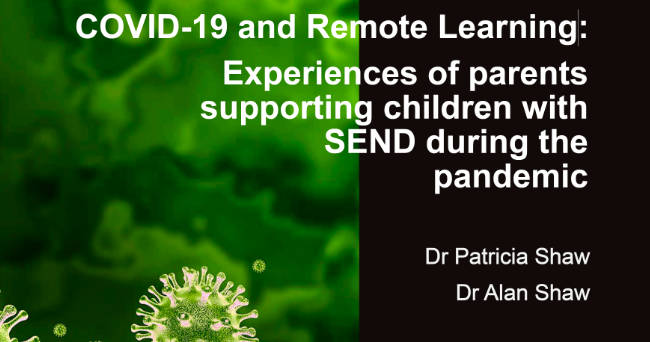
This article is a brief summary of a seminar I ran last week for the Department of International Trade focusing on ‘how to sell your B2C offering globally via e-commerce’. It was open to SMEs in the Yorkshire and Humberside region looking to expand their market. It is part one of a series of articles that will give you a better insight in how you should sell globally via e-platforms.
The main objective was to introduce participants to the different routes available when selling online globally from their business direct to the consumer. The routes are through the internet and/or through mobile networks (although I only had time to focus on the former). For me, the primary channels for selling globally to consumers are through e-commerce portals (internal and external), affiliate marketing partnerships, mobile networks and social media platforms. Before going through this in detail I needed to explain the likely hurdles businesses would experience when selling their offerings globally, they include:
• Being found.
• Language.
• Maintaining the relationship.
• Delivery (Including taxes & customs).
• Payment.
• Returns.
Being Found.
This has to be the most important element in the selling process: if your target customers are unaware of you then you are not going to sell anything. The five key factors that facilitate the ‘being found’ process are:
• Search Engine Optimisation (SEO).
• Pay Per Clicks (PPC).
• Advertising.
• Social Media (which includes e-word of mouth).
• Affiliate Marketing.
The links associated with each factor will take you to a separate article in this blog (advertising and affiliate marketing will be coming soon). It is worth noting that if you are looking to expand into China then there is no point in using Google for your PPC provider as Google is band there. You should consider Baidu, which is a Chinese web services company that provides a search engine platform.
Language.
The next thing to consider is language: when your customers find you then they need to understand what is being offered. Ideally you should develop multi-lingual sites (either as sub-domains or stand-alone), but this can be expensive. Don’t just think of hiring a professional translating agency, do consider working with Universities: they have many international students who could provide a cheaper option. Alternatively consider using a translating ‘app’: figure 1 illustrates the Google plug-in which can be embedded into your website. The flags would indicate that an alternative language option was available. Figure 2 illustrates the output example, although you should have the flags in the top right or left hand corner (it is unlikely that an individual who was unfamiliar with the parent language would scroll to the bottom to look for a translation link).
[image source_type=”attachment_id” source_value=”2830″ caption=”Figure 1: Google’s Translation App.” align=”center” icon=”zoom” size=”large” fitMobile=”true” autoHeight=”true” quality=”100″ lightbox=”true”]
[image source_type=”attachment_id” source_value=”2831″ caption=”Figure 2: An example of a translated website.” align=”center” icon=”zoom” size=”large” fitMobile=”true” autoHeight=”true” quality=”100″ lightbox=”true”]
If you are doing small batches you could also consider using Google Translate (see figure 3). It is fair to say that both plug-in and translator apps are not perfect, but if you are operating on a tight budget it is something to consider. This app can also be used to help you with your PPC snippets or ads (although ideally you should get theses reviewed by a native speaker).
[image source_type=”attachment_id” source_value=”2832″ caption=”Figure 3: An example of Google translate in use.” align=”center” icon=”zoom” size=”large” fitMobile=”true” autoHeight=”true” quality=”100″ lightbox=”true”]
Maintaining Relationships.
Relationship marketing is arguably the new paradigm of marketing, although only relevant for existing customers. If you have an e-store, then you need some form of mechanism to re-engage with your customers in order to invite them back to purchase something else. The fact that you will (should!) have their contact details means you can develop email marketing campaigns to entice them back. These will need to be language specific so your segmentation process needs to be able to separate them from within your database.
For more interactive relationship marketing processes like a live chat facility or even a call centre then you should consider partnering with a professional body that provides such a service.
That concludes this element of the blog, next time I shall return to discussing e-commerce platforms (internal and external).

Alan Shaw
Latest posts by Alan Shaw (see all)
- What is social listening and why it is an important tool for researchers? - July 31, 2021
- COVID-19 and Remote Learning: Experiences of parents supporting children with SEND during the pandemic. - June 30, 2021
- Using Netnography To Evaluate The Launch And Collapse Of The European Super League - April 21, 2021
- Developing Semi-Structured Interview Questions: An Inductive Approach. - April 9, 2020
- Developing Semi-Structured Interview Questions: A Deductive Approach - April 9, 2020














